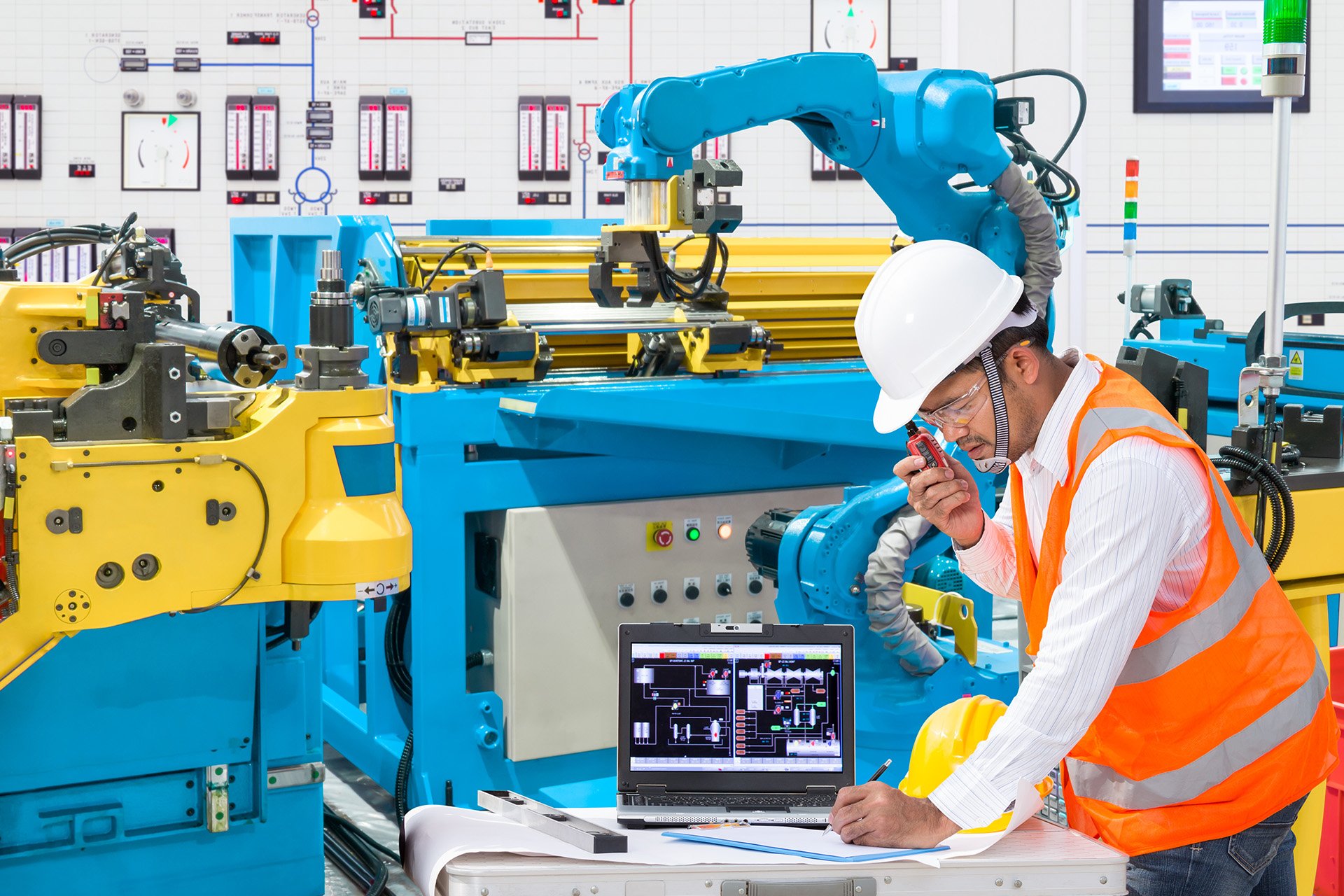If you want your business to thrive in the face of unpredictable change, you must transform your business to be as agile, flexible and adaptable as possible. The stability of your supply chain plays a huge role. Here’s how you can build the business case for supply chain improvement.
A quick overview of the state of manufacturing
It’s been a torrid few years for the industry. The perfect storm of Brexit, the US-China trade war and then the COVID-19 pandemic all came in quick succession. That’s led to the drastic disruption of supply chains. In many cases, manufacturers have experienced extremes in variation of demand and supply like never before.
Additionally, the widespread industry adoption of lean management practices to supply chains over the last few decades have left supply chains seriously exposed.
However, it’s now said that supply chain disruptions lasting a month or longer now happen every 3.7 years on average. So it’s safe to assume disruptions should be considered ‘the new normal’ and thus, you must ensure your supply chain is resilient, flexible and efficient.
What is ‘resilience’ and why is it important?
Resilience in business can be defined as the ability of an organisation to successfully confront the unforeseen. Building resilience into your supply chain is key as:
- It enables your organisation to adapt to disruptions successfully
- It ensures business continuity
- It provides end-to-end visibility of your supply chain to make data-driven decisions instead of emotionally-driven decisions on demand and supply
- It ensures future disruptions have minimal impact
Ultimately, your organisation will be better equipped to generate positive cash flow by optimising resources, staying profitable, retaining market share and remaining competitive.
But isn’t resilience costly?
In many cases, yes, increasing supply chain resilience increases costs. But, consider the alternative. What would be the cost of doing nothing? Think of the associated risks of poor supplier performance, late and or incomplete orders and ultimately, unhappy customers.
Equally, old assumptions that resilience can be purchased only at the cost of efficiency no longer ring true. The latest technological advances give manufacturers access to:
- Demand and performance simulations (digital twins)
- Monitoring of the supply chain network eco-system
- Improved data collection and analytics
All of which can accelerate response times and improve efficiency!
3 steps to supply chain improvement

1. Invest in the right technology
Invest in business systems that can improve the end-to-end visibility of your supply chain. You must be able to answer key questions such as:
- How can I achieve on-time delivery at a lower cost?
- Does my organisation have data integrity issues where different teams are using data from disparate systems to make decisions?
- Does my organisation have many recurring manual business processes and how is our productivity impacted by them?
- Can I categorise suppliers not just by spend but also by revenue impact if a disruptive event occurs?
Let’s use Microsoft Dynamics 365 for Supply Chain Management as an example. This solution brings together data from all your lines of business, across systems, in a single, comprehensive, enriched view. Now you have the power to optimise operations, maximise asset uptime, empower cross-functional teams and better engage customers.
2. Create a connected factory
A connected factory uses the Internet of Things (IoT) technology linked to a comprehensive analytics and business information tool. This allows you to optimise supply and production planning. Ultimately, this ensures you have the right resources, inventory, people and equipment at the right place and at the right time.
3. Ensure agility
Agility in planning and can take a number of forms. For example, in an organisation where manufacturing processes are standardised (bills of materials, item numbers, routes and operations etc) and impacted by supply chain disruption, production can quickly be re-routed from one part of your organisation to another where the supply chain is more stable.

Your next steps: The ultimate checklist to improving supply chain efficiency
Investing in the right technology can do wonders for improving the efficiency and resilience of your supply chain. Using D365 Supply Chain Management as an example, a Forrester report found organisations who implemented the solution saw revenue increases of 4% and an ROI of 60%. However, it’s not the only thing you need to consider.
You must also focus on your processes and people. The technology you choose must complement your existing processes and your vision for an innovated future must be shared by your people.
For more tips on transforming your manufacturing operations, improving production performance, getting team buy-in and enhancing your supply chain, download our checklist below.


